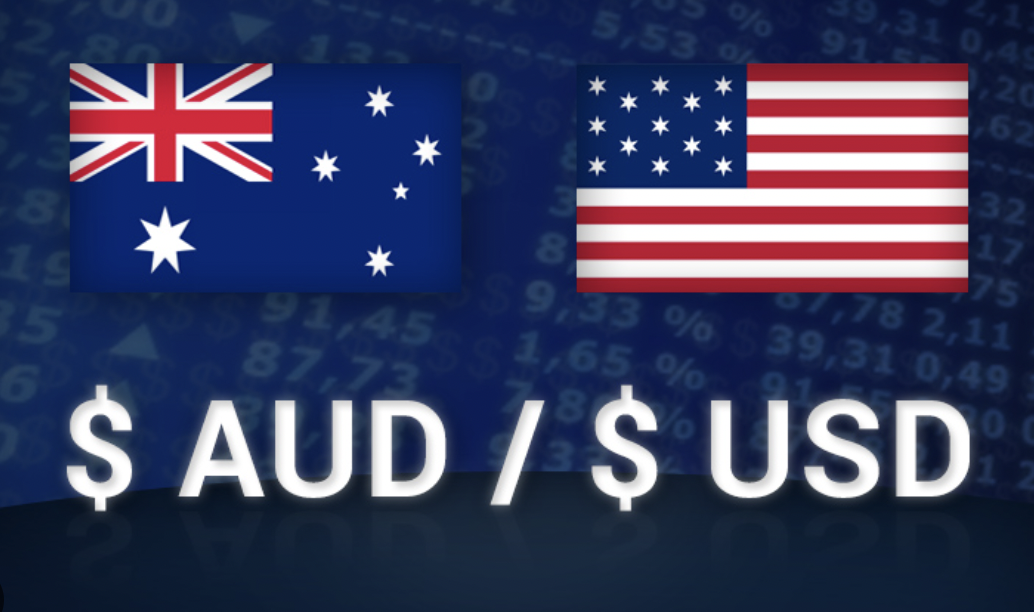
Daniel Rogers
Feb 03, 2023 15:27

The NZD/USD pair is drifting sideways below the immediate resistance level of 0.6480 during the Asian session. The New Zealand dollar has traded sideways as investors await the publication of Caixin Services PMI and United States Nonfarm Payrolls (NFP) statistics for fresh impetus.
Weak earnings have broken the three-day winning streak of S&P500 futures, which are now displaying significant losses and a risk aversion trend. After a corrective dip, the US Dollar Index (DXY) is aiming to recapture Thursday's high above 101.55 as investors' risk appetite has reduced dramatically.
The NZD/USD pair is displaying a chart pattern known as a Symmetrical Triangle, which indicates a significant compression of volatility. The upward-sloping trendline of the chart pattern is taken from the low on January 19 at 0.6365, while the downward-sloping trendline is derived from the high on January 18 at 0.6531. The New Zealand asset saw a dramatic loss on Thursday after failing to find buying support following a breakout, which resulted in a fakeout that kept investors at unsustainable levels.
The Relative Strength Index (14) has moved from the bullish region of 60.00-80.00 to the neutral region of 40.00-60.00, indicating that a consolidation is imminent.
A decline below the January 31 low of 0.6412 will cause the New Zealand dollar to decline toward the January 17 low of 0.6366 and ultimately the January 12 low of 0.6300.
In contrast, for the asset to resume its upward trend, it must surpass Thursday's high of 0.6538, which would catapult it to June 3's high of 0.6576. A breach of this level will expose the asset to the 0.6600 level of resistance.


Feb 03, 2023 15:29